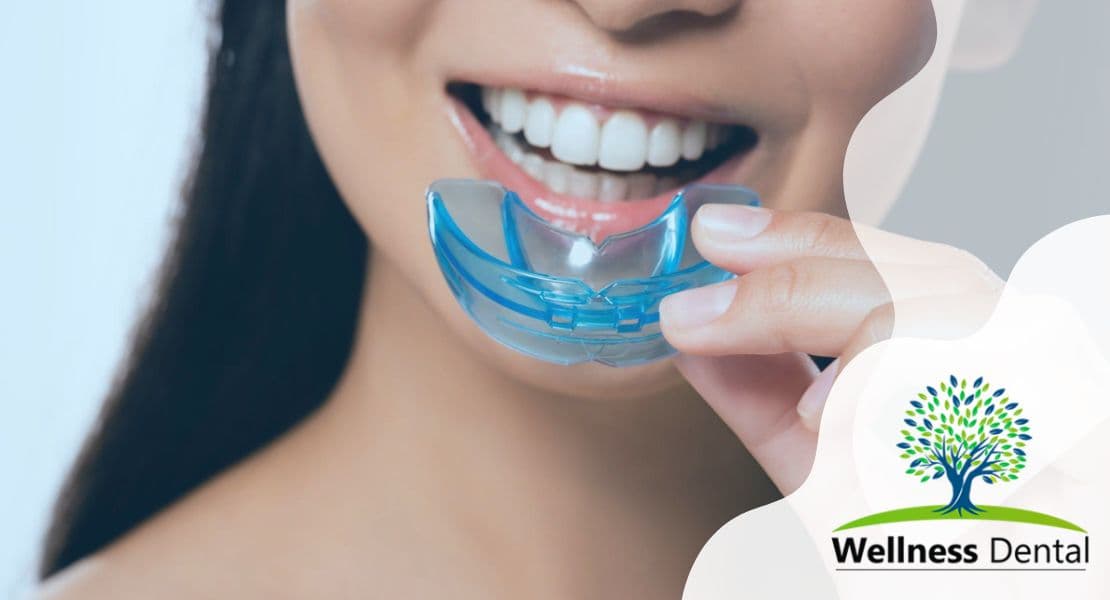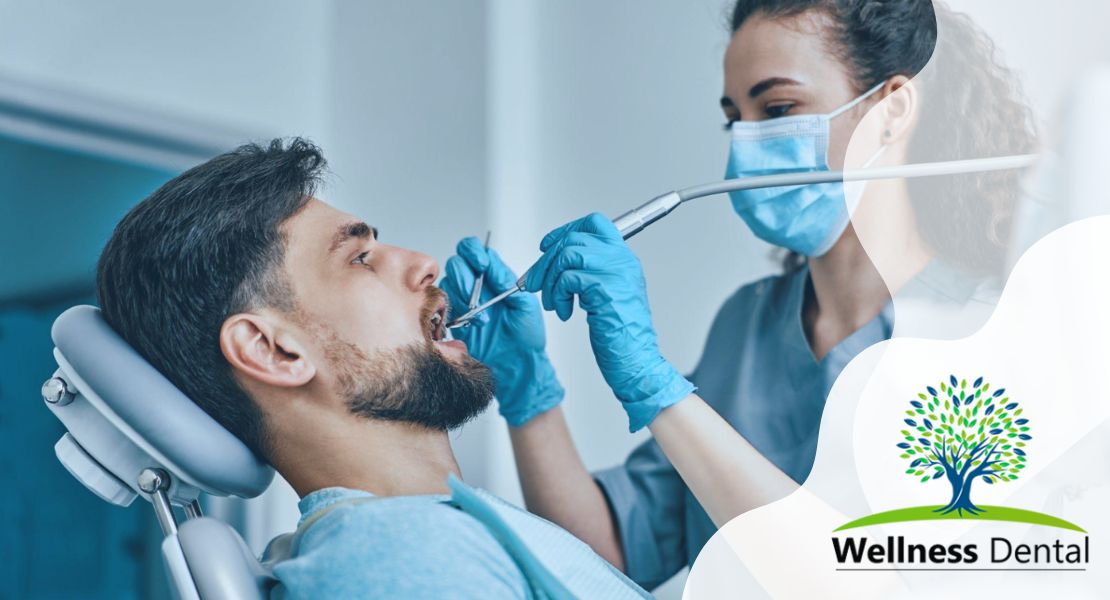Are you struggling with severe bone loss in your upper jaw, making traditional dental implants impossible? The solution may lie in zygomatic dental implants, a groundbreaking alternative for those with insufficient bone in the maxilla. Severe bone loss in the upper jaw can be a challenging issue, affecting the ability to receive conventional dental implants and leading to discomfort and aesthetic concerns. In this article, we will delve into the benefits of zygomatic dental implants as an innovative solution for severe bone loss in the maxilla.
Zygomatic implants offer hope to individuals who face the complications of severe bone loss in the maxilla, providing a viable alternative to traditional dental implants. Understanding the role of zygomatic implants and how they work is crucial in comprehending their significance for individuals with severe bone loss. This article will explore the success rate and long-term benefits of zygomatic implants, shedding light on their potential to transform the lives of those affected by severe bone loss in the maxilla.
Curious about the zygomatic implant placement process and the role of a maxillofacial surgeon in the surgery? We will elucidate the intricacies of zygomatic implant placement and compare it to other procedures such as sinus lifts and bone grafting, offering insight into the benefits of zygomatic implants over traditional methods. Stay tuned to discover if you could be a candidate for zygomatic implants and explore how they serve as an alternative to bone grafting in the atrophic maxilla.
Understanding Severe Bone Loss in the Maxilla
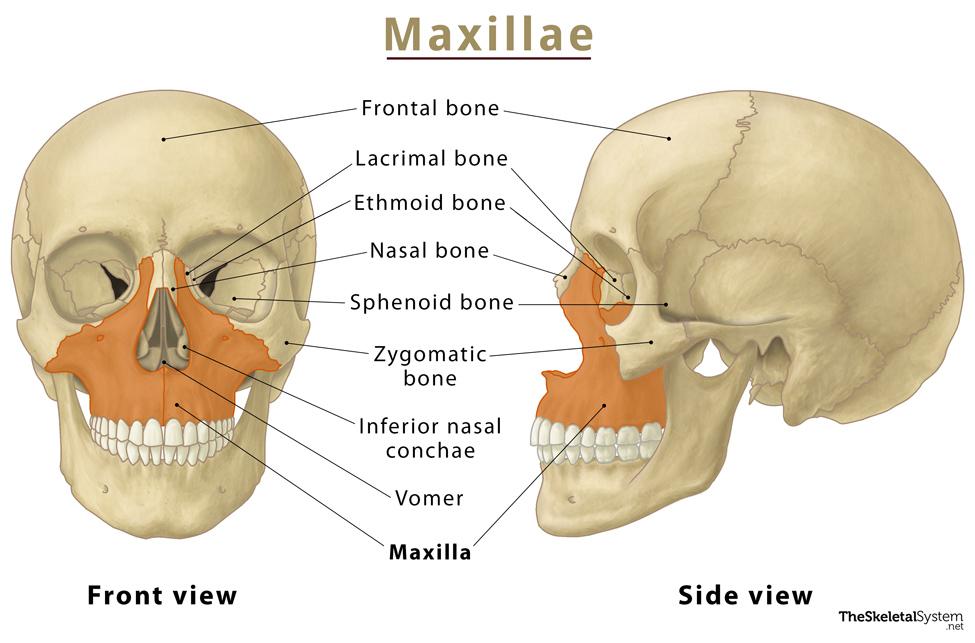
Severe bone loss in the maxilla stems from conditions like periodontal disease, leading to a decline in upper jaw stability. This condition, known as an atrophic maxilla, arises from a lack of dense bone in the posterior maxilla and poses challenges for traditional dental implant placement. Individuals affected may struggle with everyday functions, such as chewing and speaking, and may also experience a shift in facial aesthetics which could impact their overall well-being.
Conventionally, severe bone loss has been managed with bone grafting or sinus lifts. However, these methods aren’t always viable due to unique patient issues or anatomical constraints. In such cases, common complications can occur during the installation of conventional dental implants, calling for innovative solutions.
One such solution is the use of zygomatic implants, which are an alternative treatment that circumvents the need for a bone graft. These implants leverage the zygomatic bone’s density for support, offering a reliable option for patients with insufficient bone mass in the maxilla.
Severe Maxilla Bone Loss – At A Glance:
- Results in reduced stability/functionality of the upper jaw
- Hinders dental implant placement
- Traditional treatments can be unfeasible for some patients
- Zygomatic implants – a bone grafting alternative, leveraging cheek bone density
Zygomatic Implants as an Alternative Solution
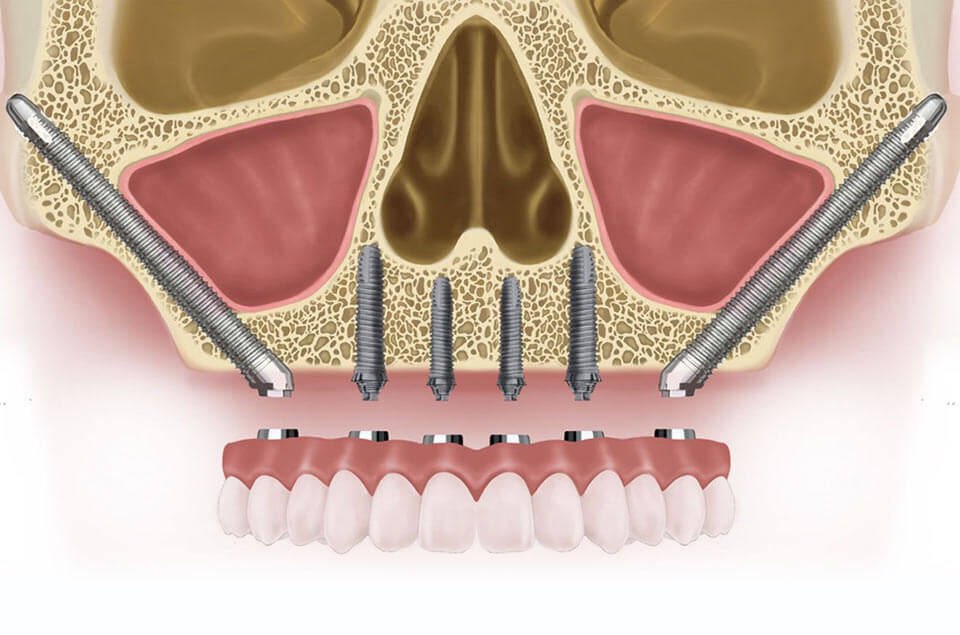
Zygomatic implants present a groundbreaking alternative for individuals suffering from severe bone loss in the upper jaw, providing a solution for those often deemed ineligible for traditional dental implants. These robust implants are lauded for their capacity to bypass the common issue of inadequate bone density in the maxilla, offering a lifeline to patients who have experienced failed sinus lifts, bone grafts, or even conventional implant procedures.
The therapy is especially relevant for patients with a resorbed edentulous maxilla, commonly arising from prolonged use of removable dentures or periodontal disease. Zygomatic implant technology introduces an opportunity for these individuals to regain dental functionality and aesthetics by leveraging the inherent stability of the zygomatic bone – commonly known as the cheekbone – for implant support.
In the case of extensive atrophy or after tumor resection and trauma, zygomatic implants shine as a beacon of hope, representing an option after all other treatments have been considered and ruled out. This alternative pathway to dental rehabilitation avoids the need for extensive bone grafting, offering a more direct and often preferable route to permanent dental restoration.
What Are Zygomatic Implants and How Do They Work?
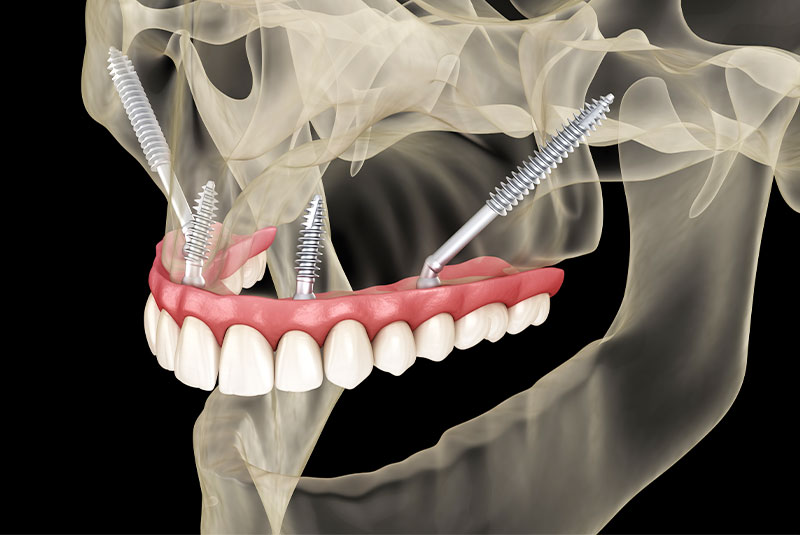
Zygomatic implants are specialized dental implants designed to anchor into the zygomatic bone, taking advantage of its density to provide a secure foundation for patients with a severely atrophic maxilla. Unlike traditional implants, which require a sufficient quantity of dense bone for placement, zygomatic implants are longer and designed to extend past the deficient areas of the maxilla and anchor into the zygomatic bone.
Implemented through a specialized surgical technique, zygomatic implants are left in situ, often following an immediate loading protocol, which significantly reduces recovery time and enhances the patient’s experience. The procedure is tailored to provide immediate support for dental prosthetics, allowing for the same-day placement of a full set of upper teeth that are securely fixed and typically installed under general anesthesia.
These implants are frequently employed in conjunction with pterygoid implants in cases where the posterior maxilla also lacks sufficient bone support. Through this combination, a comprehensive and robust dental foundation is established, negating the need for invasive grafting procedures.
Success Rate and Long-Term Benefits of Zygomatic Implants
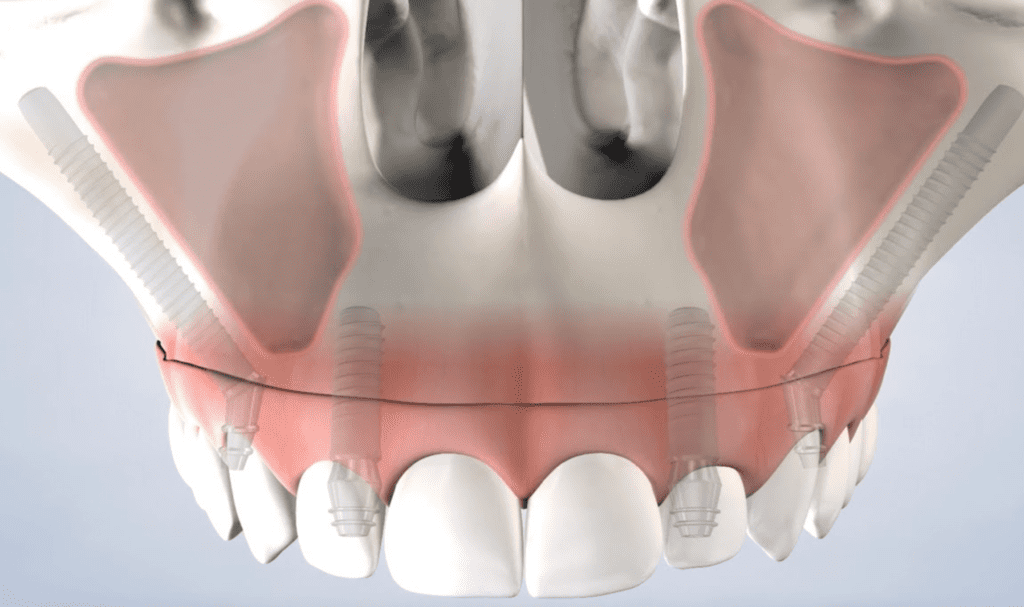
The evolution of zygomatic implant procedures since their inception in the 1980s has yielded an impressive success rate, comparable to traditional implants, often cited at about 97-98%. This high success rate can be attributed to the meticulous refinement of dental implant technology and techniques over the past few decades. Factors such as patient maintenance and general health significantly contribute to the long-term viability of these implants.
Patients who opt for zygomatic implants benefit from a multitude of advantages, including quicker recovery times, allowing most to resume normal activities within days. The natural-looking restoration of missing teeth significantly improves speech, aesthetics, and self-esteem. These implants also provide a stable foundation for dental restorations, supporting bridges or dentures, and enhancing the patient’s ability to speak and chew with comfort.
The durability of zygomatic implants underscores their long-term benefits, with a lifespan extending many years with appropriate care. This permanence offers patients a reliable and improved quality of life. Furthermore, they act as a valuable resource for special cases, such as patients with cleft lip and palate or those with failing or failed dental restorations, offering quick dental support and addressing an array of complex dental needs.
Zygomatic Implant Placement Process

The placement process of zygomatic implants is intricate and highly technical, requiring precision and expertise. Initially, the oral surgeon performs a thorough evaluation of the patient’s oral and overall health to confirm eligibility for the procedure. Utilizing advanced dental implant technology like CT scans, the surgeon carefully plans the implant placement to maximize contact with the zygomatic bone and to ensure proper alignment of the prosthetic teeth.
During the zygomatic implant surgery, the surgeon makes precise incisions to expose the zygomatic bone. Considering the considerably longer length of zygomatic implants, typically up to 50mm, the surgeon meticulously places them into the dense bone of the zygomatic arch. The strategic placement provides the necessary leverage and support, eliminating the need for procedures catering to bone deficiencies, such as sinus lifts or bone grafts. The implants act as a highly stable base for the immediate loading of replacement teeth.
After the surgery, the patient enters a healing phase lasting several months, where osseointegration—the fusion of the implant with the bone—takes place. Meticulous oral hygiene and follow-up appointments with the surgeon are critical during this period to ensure successful implant integration and to address any potential complications.
The Role of a Maxillofacial Surgeon in Zygomatic Implant Surgery
A maxillofacial surgeon is at the heart of the zygomatic implant procedure, bringing specialized knowledge and skills in implant dentistry to the table. The surgeon’s role encompasses the entire process, from initial patient assessment to the precise execution of the surgery and post-operative care.
The maxillofacial surgeon begins by evaluating the patient’s health and identifying the need for zygomatic implants as a suitable treatment option. Once confirmed, they will harness advanced imaging technologies to devise a personalized surgical plan. During the actual surgery, the surgeon navigates through the delicate anatomy of the facial structures, ensuring the correct positioning and securement of the zygomatic implants into the cheekbone.
The surgeon’s expertise extends beyond surgical technique, overseeing the crucial healing and integration process of the implants. The role involves the management of any complications and the overall success of the treatment, underpinning the long-term functionality and aesthetics of the prosthetic restoration.
Comparing Zygomatic Implant Placement to Sinus Lifts and Bone Grafting
Zygomatic implant placement stands as a revolutionary approach compared to the more conventional methods of sinus lifts and bone grafting. They offer a minimally invasive solution by leveraging the stability of the zygomatic bone, foregoing the need for extensive and often unpredictable bone augmentation procedures.
Contrastingly, sinus lifts and bone grafts require manipulating or supplementing the existing bone structure to create a sufficiently solid foundation for traditional implants. These processes involve longer treatment timelines and healing periods, not to mention the potential for higher complication rates. For patients with significant upper jaw bone loss, the predictability of zygomatic implants trumps these traditional methods, providing a near-immediate restoration of teeth with a shorter overall treatment duration.
The success rate of zygomatic implants also highlights their superiority. Systematic reviews illustrate a consistent success rate that often surpasses that of sinus lifts and bone grafts. With zygomatic implants, the risk of complications associated with traditional bone grafting, such as infection or graft failure, is significantly reduced, making it a formidable option for severely atrophic maxilla conditions.
Who Is a Candidate for Zygomatic Implants?
Zygomatic implants serve as a viable dental restoration option for a specific patient demographic. Notably, individuals suffering from severe upper jaw bone loss are prime candidates. This condition is frequently related to extensive periodontal disease, which deteriorates the jawbone, or due to the long-term use of dentures that contribute to bone shrinkage.
For candidacy, patients must possess sufficient healthy bone in the zygomatic or cheekbone area, allowing for solid support of the zygomatic dental implants. This renders those who may be ineligible for traditional implant designs due to significant bone loss as potential recipients for zygomatic implants.
A comprehensive evaluation is critical to determine a patient’s suitability for this procedure. Professionals conduct meticulous assessments that include sinus examinations, X-rays, and CT scans. Additionally, precise implant impressions are required. Such thorough investigations aim to minimize the risk of complications such as sinusitis, while also aiming to achieve a robust success rate for zygomatic implant procedures.
Exploring Zygomatic Implants as an Option for Patients with Insufficient Bone
For patients who grapple with insufficient bone mass within the upper jaw, and thus are unsuitable candidates for conventional dental implants, zygomatic implants present a welcome remedy. These unique implants circumvent the obstacles of inadequate bone volume by anchoring securely to the dense bone present in the cheekbone region.
This innovative dental implant technology enables the immediate placement of fixed prosthetic teeth, offering a prompt and efficient restoration option. For those with expanded sinus areas and extensive bone loss in the maxilla, zygomatic implants deliver a stable and reliable implant solution—bypassing the typically necessary bone grafting process.
The Role of Zygomatic Implants as an Alternative to Bone Grafting in the Atrophic Maxilla
In cases of the atrophic maxilla, where severe bone loss impedes the placement of traditional dental implants, zygomatic implants come to the forefront as a successful alternative to bone grafting. The ability of these implants to anchor in the zygoma, or dense cheekbone, eliminates the need for the protracted healing and denture-wearing periods often associated with bone graft procedures.
Providing an immediate and robust set of teeth on the day of the surgery, zygomatic implants spare patients the discomfort and downtime. With a high success rate ranging from 97-98% in the long run, they are an efficient and minimally painful alternative, offering a quick path to dental restoration. Over time, zygomatic implants have become a cost-effective, immediate teeth replacement solution, particularly for those adversely affected by failing teeth, periodontal disease, or chronic denture use




